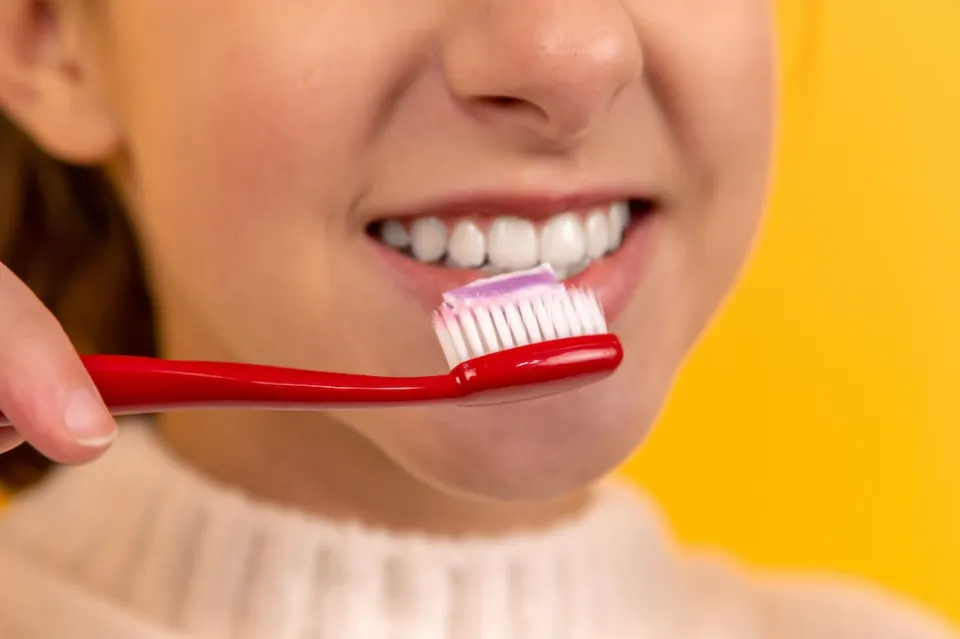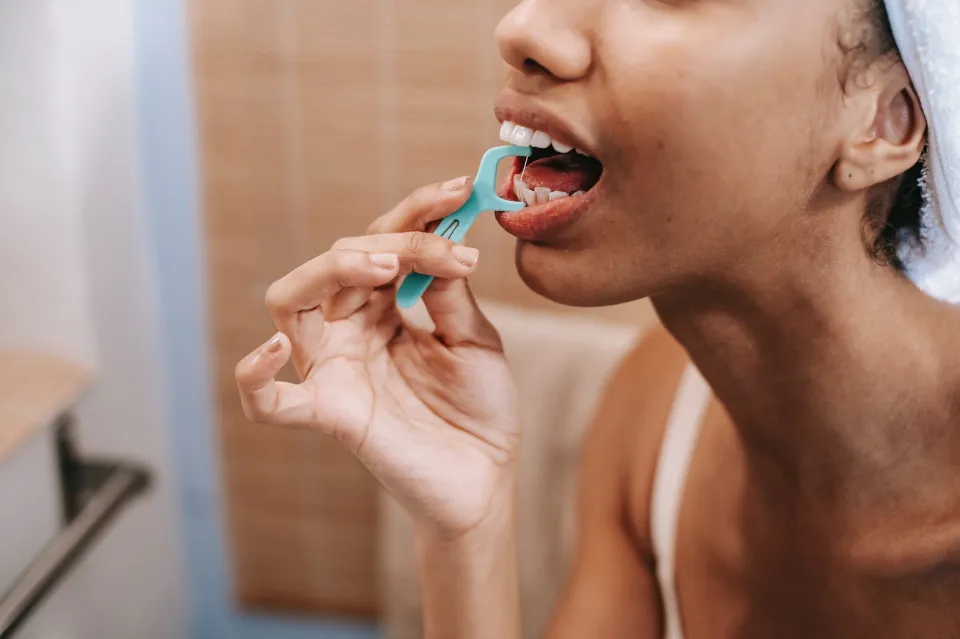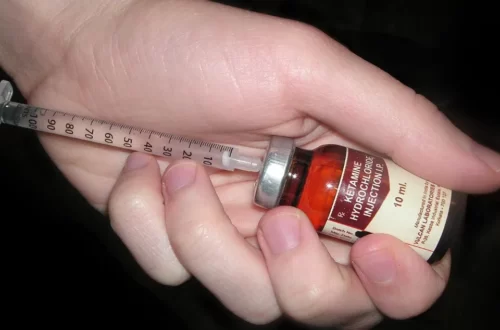
What Causes Calcium Deposits on Teeth – Demystifying Dental Deposits
Calcium deposits on teeth also referred to as dental tartar or calculus, can cause frustration and worry for many people. In order to stop the formation of these deposits and keep your oral health at its best, you must understand their causes.
The causes of the formation of calcium deposits on teeth will be explained in this article. We’ll examine the role of plaque, oral hygiene habits, dietary preferences, and other elements that affect their development. In addition, we’ll offer helpful advice for preventing and managing dental deposits so that you can smile with confidence and health.
Let’s solve the puzzle of dental deposits so we can take charge of our oral health.
How Does Calcium Form on the Teeth?

Plaque, a gooey substance that coats the tooth’s enamel, is where calculus or tartar first appears. When bacteria and saliva combine to form plaque, it is. Additionally, it reacts with the starches and sugars in food to produce an acid that erodes the tooth enamel.
Plaque can be largely removed by regularly brushing and flossing. Tartar also referred to as calcium deposits, can form from plaque if it is not completely removed. The upper molars and the inner surfaces of the front teeth frequently develop tartar close to the cheeks. These teeth are more susceptible to calcium deposits because salivary gland ducts nearby continuously feed saliva containing calcium into the mouth.
Teeth that have accumulated tartar may appear dark, yellowish, or brown. If you brush your tongue along the teeth’s surface, it might feel rough. While brushing or flossing, your gums might bleed more, and your breath might smell.
Read More: How Often Should My Kids Brush Their Teeth
Tartar builds up in an endless cycle as a result of plaque adhering to hardened tartar. Tartar that isn’t removed, particularly near the gum line, can cause gum disease and recession.
Cavities develop as tartar destroys the enamel. Additionally, you might get abscesses and lose teeth. However, there are ways to avoid those issues, and the first step is scheduling a dental appointment.
Read More: Can Cavities Cause Headaches

What Causes Calcium Deposits?
When plaque and tartar accumulation starts to draw calcium to your teeth, calcium deposits start to form. Tartar is formed when calcium phosphate dries out. The accumulation of tartar attracts more bacteria and plaque, which can harm your teeth’s enamel and cause tooth decay, gum disease, and other problems.
Read More: How Often Should You Brush Your Teeth
Preventing Calcium Deposits
The white spots on your teeth caused by calcium buildup can be prevented by preventing plaque with preventive care. Your oral health and the aesthetics of your teeth can both benefit from good dental hygiene, which includes cleanings every six months.
Treating Calcium Deposits
The white spots left by calcium cannot be removed by a professional cleaning at your dentist’s office, but tartar can. A professional teeth whitening procedure can be a quick and efficient way to treat both yellowing and white spots on your teeth, provided that your teeth are otherwise healthy.
Read More: How Often Should I Use Whitening Strips
How to Get Rid of Calcium Deposits on Teeth
Calcium deposits on teeth not only have an unattractive appearance, contribute to mental health issues, and make you feel insecure, but they can also be dangerous because they can damage your teeth. If you allow the plaque to accumulate, bacteria will start to eat away at your teeth, especially in the spaces between them, leading to severe decay and cavities.
Additionally, bacteria can damage your gums, which can result in tooth loss, bad breath, and gum recession. Despite the fact that you cannot remove calcium deposits yourself, your dentist can use a scaling tool to physically remove the deposits using ultrasonic scrapers that vibrate quickly and shoot water at the deposits. Your teeth are polished by the dentist or hygienist after the deposits have been eliminated in order to smooth out the enamel.
Calcium Deposits Prevention Tips

It is much simpler to avoid these calcium deposits altogether, if at all possible. Start with maintaining regular dental health. Flossing should be done at least twice a day, in the morning and at night. Some people floss after every meal, especially those with braces or who are genetically predisposed to getting cavities.
Between teeth and in difficult-to-reach areas, where floss can scoop up food and bacteria, calcium deposits frequently form. Purchase a water flosser or waterpik if you do not enjoy the sensation of the floss’s string in your mouth. The device operates by squirting cold water between your teeth to loosen food particles and remove bacteria. Those who don’t have sensitive teeth will benefit from this.
The development of calcium deposits is significantly influenced by your eating habits. Although it’s wonderful to enjoy sweets, try to keep your sugar intake under control, and brush your teeth frequently. Keep up with your dental appointments and cleanings every two years.
Read More:
Summary
When plaque on the teeth thickens and hardens, calcium deposits, also referred to as calculus or tartar, form. They cause visible yellow, brown, or black deposits in addition to bad breath and bleeding gums. Gingivitis, periodontitis, cavities, tooth loss, and other dental conditions can result from this, to name a few.
Since brushing and flossing by themselves are insufficient to get rid of these deposits, dentists use techniques like scaling and polishing to do so. Proper brushing techniques, regular flossing, visiting the dentist frequently, and limiting snacking are all necessary to prevent tartar.





Average Rating